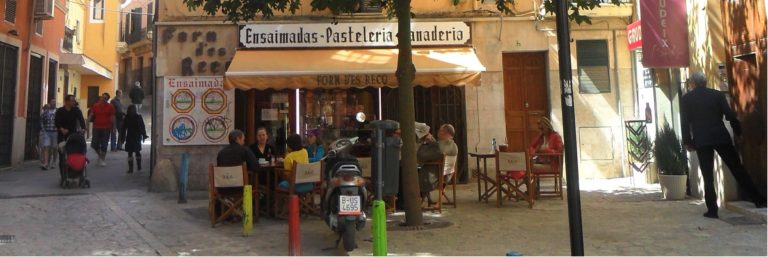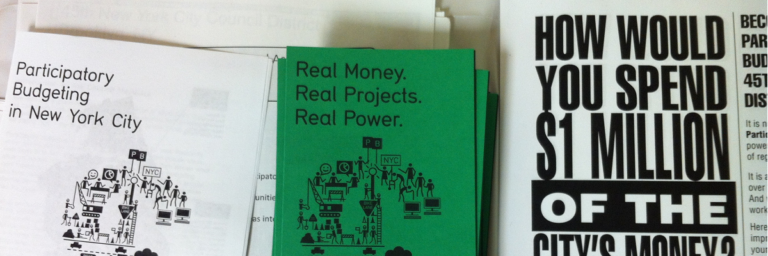
Pet-Friendly Neighborhoods
Guest author Sonja de Lugo from Pet Friendly Cities explains why public spaces should be designed for both humans and animals.
In this section, people are telling their stories about participation. It is intended as an inspirational collection of voices, ideas and experiences from urban neighbourhoods all over the world. The opportunity to participate or make one’s voice heard is usually most limited in informal settlements or poor neighbourhoods. Therefore, these stories focus on ideas for more urban participation in poorer communities. Do you have a story to share from your neighbourhood? Get in touch with me!

Guest author Sonja de Lugo from Pet Friendly Cities explains why public spaces should be designed for both humans and animals.

In Mexico, the dead are celebrated each year during the Día de los Muertos on November 1-2, making them an integral part of the urban landscape.

Here, I discuss the results of my city partnership project cdmXberlin.

In this essay, Dennis Gastelum explores the notion of Berlin as a creative cities and relates experience from a field trip to the Mediaspree area to the Mexican city of Guadalajara.

This is a summary of all articles published on parCitypatory in the last year to celebrate the blog’s second birthday. It also introduced the new consultancy as well as additional projects and external publications.

Using mapping, you can combine the results of auto-photography and transect walks into a great visualisation of the urgent urban planning issues in a neighbourhood.

The second participatory method presented in the series on participatory methods is auto-photography, where you encourage community members to take pictures of problems and potential solutions to them.

In this first part of a new series about participatory planning techniques, you’ll learn about transect walks.

Urban October 2017 is all about affordable houses, which I look at in a bit more detail in this article.a

Women’s participation in urban planning and the momentum of social media can help to create safer cities for women.


Participatory Budgeting is now being used in 1,500 cities worldwide. Here, I examine this popular tool critically.